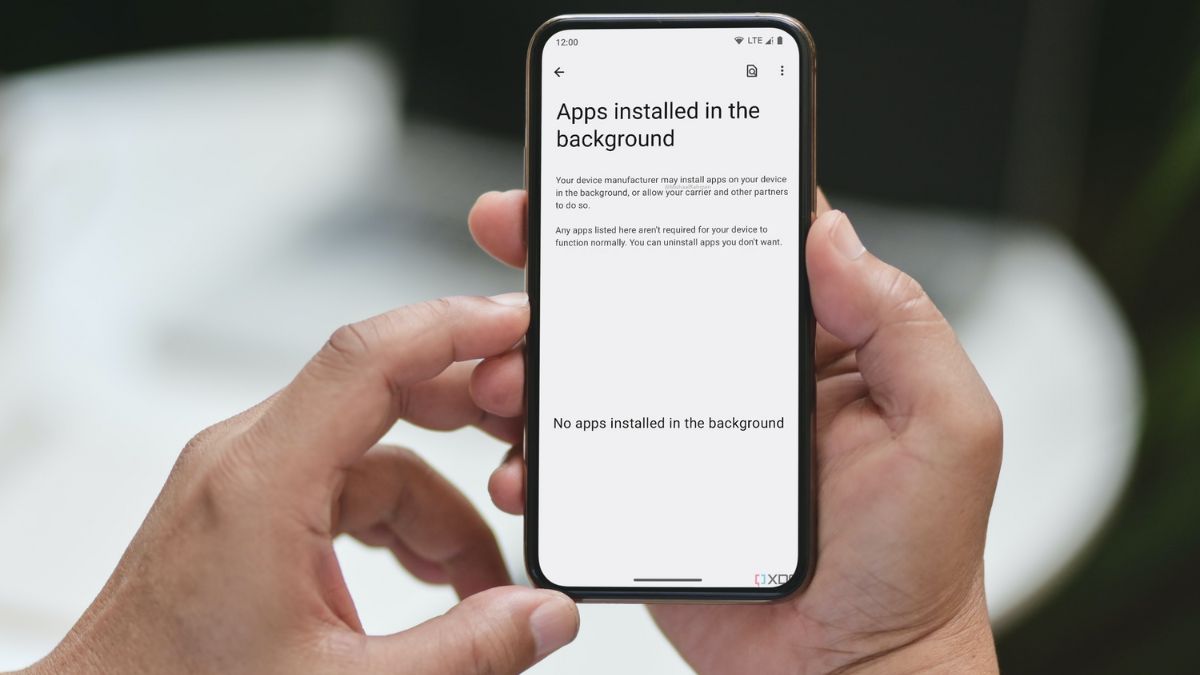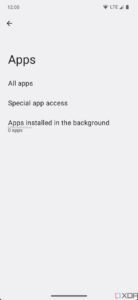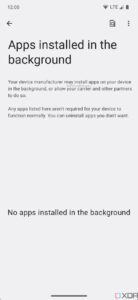
Nobody likes pre-installed bloatware that takes a massive chunk of the smartphone’s storage. For years now, Google has been working on ways to trim malware, bloatware, and spam from its smartphone operating system with each latest version released. And with the Android 14 developer preview, the big G is taking a step further with a new feature that would allow you to track apps installed in the background and uninstall them as per your preference.
Android 14 developer preview’s hidden “App installed in the background” menu gives you more control over carrier-installed apps, but the menu is not accessible by default. In a recent post over at XDA-Developers, Mishaal Rahman mentions that you have to flip a hidden developer flag to access this setting.
However, it will not appear in the regular version of Settings. Instead, the menu appears in a dedicated Settings version called “Spa,” secured behind a developer flag. Enabling this feature adds the App installed in the background menu in Settings. This page includes all the apps silently installed in the background, and you can select and remove unwanted apps from this menu. Furthermore, Rahman notes that this interface runs on a system service called “Background Install Control.”


“Your device manufacturer may install apps on your device in the background, or allow your carrier and other partners to do so. Any apps listed here aren’t required for your device to function normally. You can uninstall apps you don’t want.”
The report also explains that apps installed via ADB or apps running in the front end will not appear in this list. That is because developers frequently use ADB to install apps, which requires manual effort, and apps running in the foreground would count app stores like Google Play. It would be undeniably a handy feature when released.
















